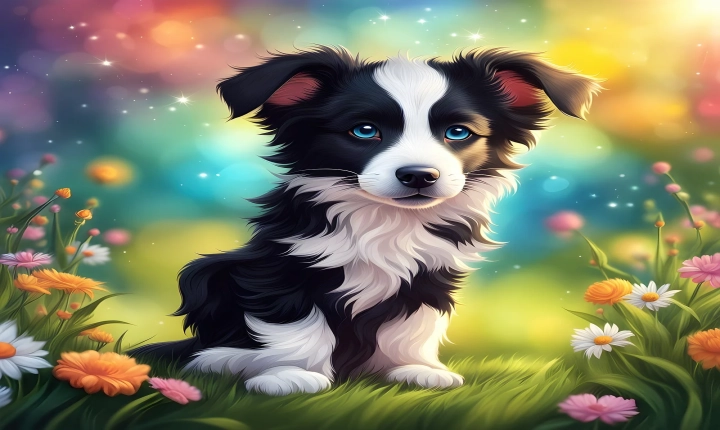Title: How to Check Plagiarism of ChatGPT: A Comprehensive Guide
ChatGPT is an AI language model developed by OpenAI that has revolutionized the world of natural language processing. It has the capability to generate text that is indistinguishable from human-written content, making it a powerful tool for various applications. However, with great power comes great responsibility, and ensuring the originality of the content generated by ChatGPT is crucial in maintaining ethical standards and avoiding plagiarism.
With the widespread use of ChatGPT in content creation, it becomes imperative to have reliable methods to check for plagiarism and ensure that the generated content is original. In this article, we will explore various techniques and tools that can be used to check plagiarism of ChatGPT-generated content.
Understanding Plagiarism
Plagiarism, in simple terms, is the act of using someone else’s words, ideas, or work without proper attribution. In the context of ChatGPT, plagiarism can occur when the AI generates content that closely resembles existing copyrighted material or violates ethical standards by not giving credit where it is due. It is important to detect and rectify instances of plagiarism to uphold academic integrity, copyright laws, and ethical standards in content creation.
Checking Plagiarism of ChatGPT-Generated Content
1. Reverse Search Using Search Engines:
One effective method to check for plagiarism is to use search engines like Google, Bing, or Yahoo to conduct a reverse search of the generated text. Simply copy a portion of the content and paste it into the search engine’s search bar within quotation marks. If the text has been plagiarized from an existing source, search results will likely reveal its origins.
2. Plagiarism Detection Tools:
There are numerous online tools available specifically designed to check for plagiarism. These tools use sophisticated algorithms to compare the submitted text with a vast database of existing content, academic papers, and publications. Some popular plagiarism detection tools include Turnitin, Copyscape, and Plagscan. Users can upload the ChatGPT-generated content to these platforms to identify any potential instances of plagiarism.
3. Manual Verification:
While automated tools are invaluable, manual verification remains an essential step in checking for plagiarism. By reading through the content and comparing it to existing sources, one can identify similarities and discrepancies in writing style, structure, and information. Additionally, citing any external sources used in the generation process is crucial in maintaining transparency and avoiding potential plagiarism issues.
4. Citation and Attribution:
For content generated by ChatGPT that includes information or ideas sourced from external materials, proper citation and attribution are critical. If the AI has drawn upon existing content, it is essential to credit the original sources appropriately. Including citations and references not only upholds academic integrity but also mitigates the risk of unintentional plagiarism.
5. Ethical Use of ChatGPT:
Lastly, it is important to approach the use of ChatGPT with ethical considerations in mind. While the AI has the ability to generate text on a wide range of topics, it is the user’s responsibility to ensure that the content created is original, does not infringe upon copyright laws, and upholds ethical standards. By using ChatGPT responsibly and with the necessary checks for plagiarism in place, creators can maintain the integrity of their work.
Conclusion
In the age of AI-generated content, checking for plagiarism has become an essential part of content creation. As ChatGPT continues to be integrated into various platforms and industries, ensuring the originality of the generated content is paramount. By leveraging the tools and techniques mentioned above, creators can effectively check for plagiarism, maintain ethical standards, and uphold academic and professional integrity in their work. Ultimately, a conscientious approach to the use of ChatGPT will contribute to a more responsible and ethical content creation landscape.
